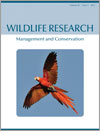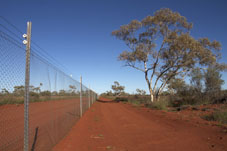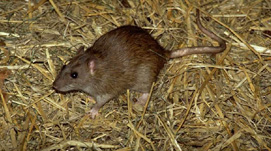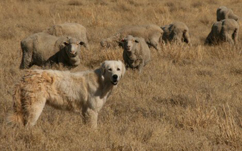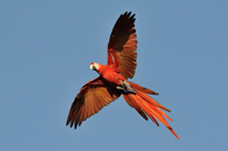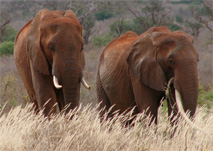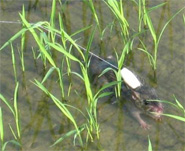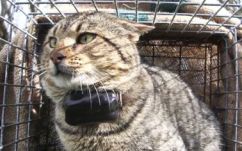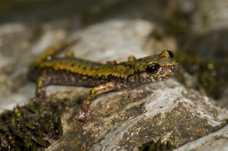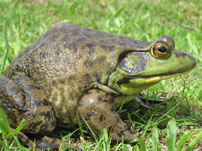WR11115 To catch a starling: testing the effectiveness of different trap and lure types
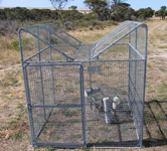
Worldwide, invasive species present one of the most intractable problems for agriculture and natural systems. We tested the effectiveness of different trap and lure combinations for the capture of invasive starlings in South Australia and found that live lures were significantly more effective than alternative lures. We recommend that live lures continue to be used in starling control programs, but note welfare implications for the use of live lures. Photograph by Department of Agriculture and Food Western Australia.


